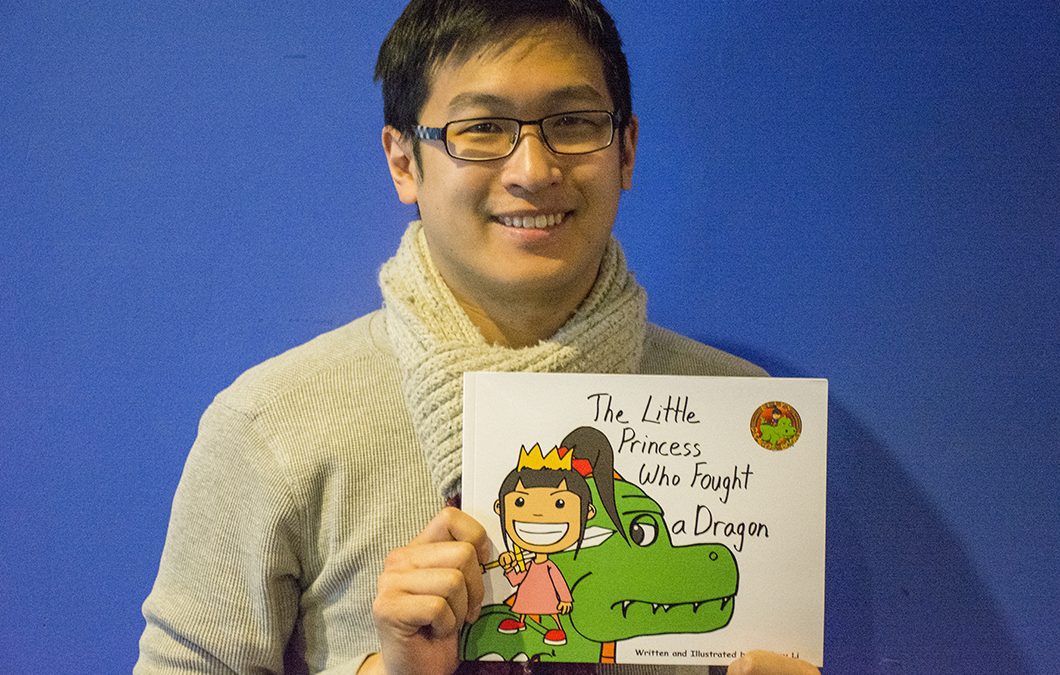It’s tough to write a book. It’s even tougher trying to sell it. For many writers, the publishing process can be an uphill climb. Traditional publishing routes are highly competitive and, for children’s books in particular, many publishing houses aren’t accepting manuscripts from new authors.
“Publishers don’t seem willing to take the risk on new authors,” Jeffrey Li, a Toronto author, said.
It’s why many new writers opt to self-publish their books, usually in a digital format. In an increasingly digital world, e-books are often touted as the way to go.
However, as Li has found, it often can be more challenging to do it that way. When his book appears on the Amazon website it is often accompanied with much larger names than him.
“You have me and you have Robert Munsch right next to me,” he said. He added that parents are much more likely to choose a name they know than try out his book.
It can also be difficult for children to interact with e-books, according to Li. There is value to the tactile component of holding a book and looking at its contents.
It’s what made him make the decision to print his book.
Li is author and illustrator of The Little Princess Who Fought a Dragon, a children’s book he started writing after he started noticing how the children at the daycare he was working at were playing. The kids were engaging in exclusionary techniques that adhered to traditional gender roles. This intrigued Li. So he wrote his book to help challenge these societally based gender roles.
“I wanted to challenge these kids and try to tell them that girls can play what boys typically play with and boys can play with what girls typically play with,” he said.
He illustrated and wrote the book over the course of one year and published it to the Amazon kindle service in 2014.
His book didn’t sell well. He estimated only five to 10 copies. Knowing he wanted to still work on getting his book out there, Li began to look into self-publishing hard copies. He found a small printing press in China and ordered 1,000 copies.
Since then, he has seen an increase in his sales. He estimates about 140 copies have been sold since he first got the print copies. He’s also had the opportunity to showcase his work at a local Chapters.
It can still be difficult to promote his work, but he’s found value in having both print and digital copies. His advice? Try both.
“It’s easier to get [the book] out on e-book, selling it is the hard part. Print is the other way around,” he said.

